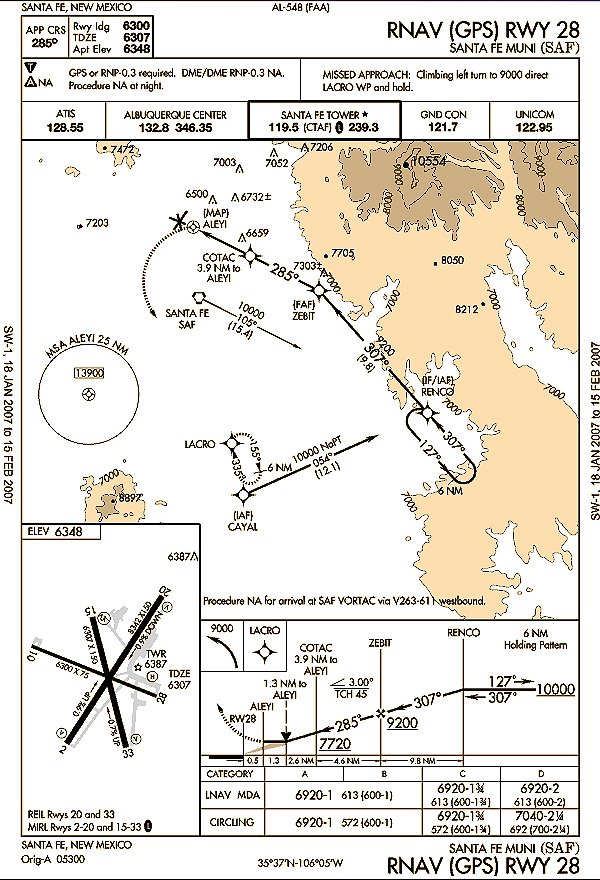PBN: GNSS/GPS approach course
Precision Based Navigation (PBN) course
Precision Based Navigation (PBN) course
Precision Based Navigation (PBN) course | |
|---|---|
| 3 hrs DA-40/42 FNPT II simulator | € 325 |
| Instructor IFR simulator (3h) | € 287 |
| briefings and trainingfile | € 229 |
| total | € 841 |
| Precision Based Navigation (PBN) course | € 841 |
| *(Prices excluding examination fees, landing fees not on homebases and , pilot supplies. hrs depending on entry level of candidate) | |
| ** If profcheck is less than 3 months away the skilltest can be combined with the IR profcheck |
TOTAL
| € 841 |
*(Prices excluding examination fees, landing fees not on homebases and , pilot supplies. hrs depending on entry level of candidate)
** If profcheck is less than 3 months away the skilltest can be combined with the IR profcheck
GPS approaches; flying an approach procedure without ground based beacons are developing at a very fast pace. So no pilot training is complete without this module.
In 2015 the first PBN (performance-based navigation) approach for example was published in Antwerp. Precision Based Navigation (PBN) represents the maximum amount of tolerances that planes are allowed to have during their navigation and approaches. The European Geostationary Navigation Overlay Service (EGNOS) is a satellite based augmentation system (SBAS) developed by the European Space Agency, the European Commission and EUROCONTROL. It increases the accuracy of the GPS, GLONASS and the Galileo satellite navigation systems by sending a correction signal which corrects the inherent inaccuracies. Due to this recent technical developments, it is now also possible to approach and landing without visibility with equipment based on GPS and GNSS without the expensive infrastructure on the ground. Also flying direct routes provides many environmental profits and reduces congestion in the air. Yes, those exist as well! Furthermore, France has taken the bold step to stop state subsidising for ground-based beacons for regional airports forcing these airports to introduce ASAP GPS approaches. And now it seems that the darned NDB and NDB approaches in the coming years will be finally decommissioned.

However, all holders of an IR must have done a PBN course and exam by August 2020. Fortunately the PBN check can be combined with the annual IR proficiency check, so a separate exam does not need to be scheduled. During the pro check the non-precision approach is replaced by a PBN approach and an extra PBN approach is also made.
Within PBN approved GPS navigation, there are four types of approaches:
- LNAV. Whereby lateral position is determined based on its comparison to the runway without augmentation.
- LNAV / VNAV. Where lateral and vertical position is determined as compared to the runway without augmentation.
- LP, Where lateral position is determined as compared to the runway, with augmentation.
- LPV. Where lateral and vertical position is determined as compared to the runway, with augmentation.
The theory consists of one day briefings which discusses the following topics:
- GPS principles and inherent errors
- GPS development and use
- GPS augmentation principles (mainly European Overlay System EGNOS)
- PBN approach principles
- Legal regulations and requirements
- Standard operating procedures of PBN
- Pre-flight and in-flight checks in relation to PBN
- Long briefings on the system used in the aircraft (Garmin, Honeywell, Avidyne etc.).
The practice consists of a flight session in a FNPTII simulator or aircraft in which five PBN approaches are made with and without autopilot.
The exam replaces the “classic” non-precision approach by PBN approach with subsequent a second PBN approach. This applies to an initial examination as well as for an annual proficiency check.



